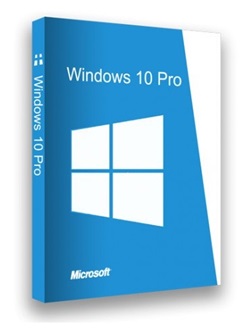Windows 10 receives new releases on a rolling basis, which are available to users at no additional cost
Windows 10 is a series of personal computer operating systems produced by Microsoft as part of the Windows NT family of operating systems. Devices in corporate environments can receive these updates at a slower pace or benefit from Long-Term Support milestones, which receive only critical updates, such as security patches, for a ten-year period of extended support. One of the most notable features of Windows 10 is support for Universal Apps, an extension of the Metro-style apps first introduced in Windows 8.
Both interfaces include an updated Start menu that combines elements of the traditional Windows 7 Start menu with Windows 8 tiles
Universal Apps can be designed to run across multiple Microsoft product families with nearly identical code—including PCs, tablets , smartphones, embedded systems, Xbox One consoles, Surface Hub, and mixed reality. The Windows user interface has been redesigned to support transitions between a mouse-based interface and a touch-optimized interface based on available input devices—especially on 2-in-1 PCs. Windows 10 also introduces the Microsoft Edge web browser, a virtual desktop system, a window and desktop management feature called Task View, support for fingerprint and facial recognition login, new security features for enterprise environments, and DirectX 12.
– RAM: 1 gigabyte (GB)
What’s new: – Languages: Arabic, English, German, Greek, French, Spanish, Italian, Dutch , Portuguese (Portuguese), Brazilian (Portuguese), Turkish! System Requirements: – Processor: 1 gigahertz (GHz) or more. – Free hard disk space: 16 gigabytes (GB).
– Additional requirements for using some features
– Graphics card: Microsoft DirectX 9 graphics device or later. – Touch features require a tablet or monitor that supports multi-touch. – To access the Windows Store to download and run apps, you need an active Internet connection and a screen resolution of at least 1024 x 768 pixels.



 15/24
15/24 11/16
11/16

 18/12
18/12